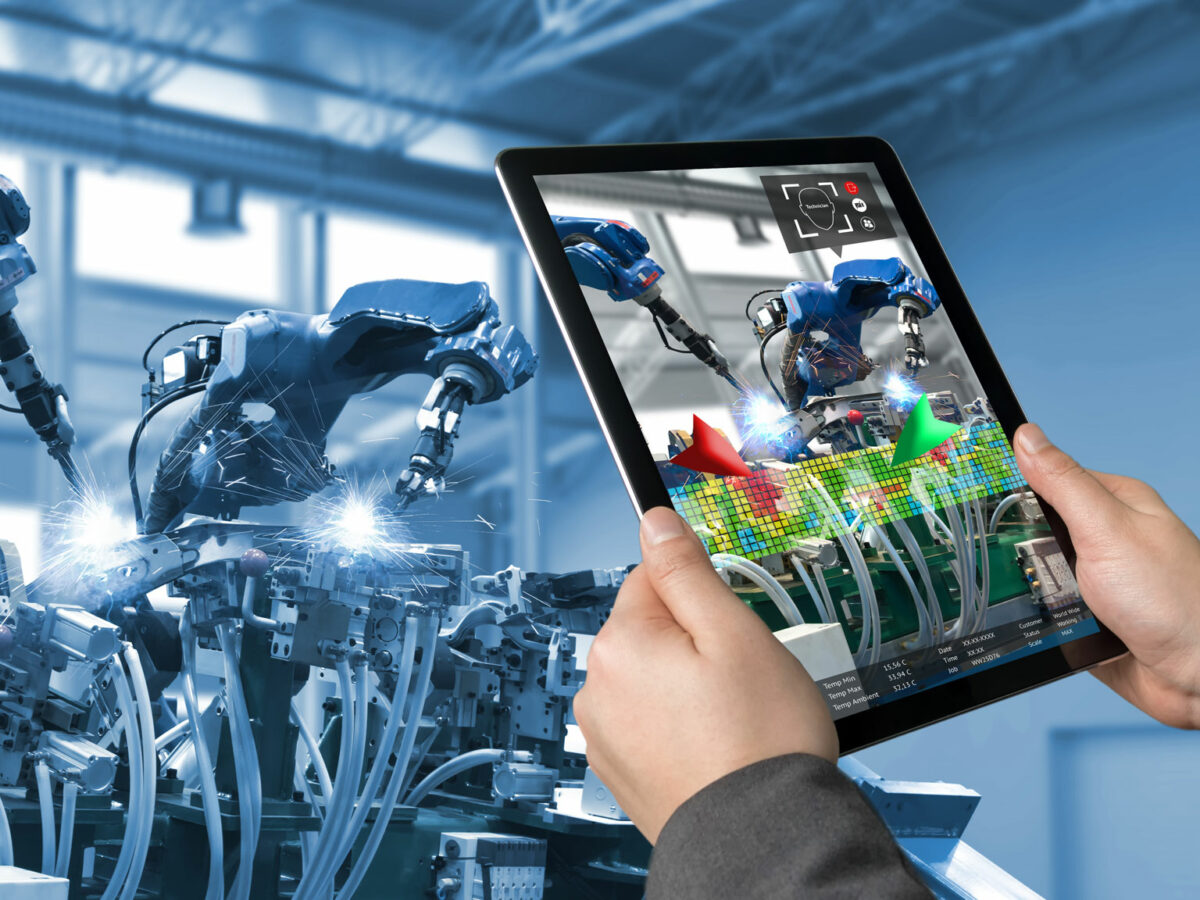Don’t get run over by digital (4.0) technology!

By Professor Danny Samson
We are entering a new era of business-related technologies that will change how very many of us work, how business models operate, and which of these business approaches wins and loses. It is variously labelled as digitisation, and ‘Industry 4.0’, which are overlapping terms. Industry 4.0 originated as a label in Germany and refers to a range of technologies collectively changing manufacturing workplaces in the first instance, then spreading across the rest of the economy. The ‘4.0’ is so because the first three industrial ‘revolutions’ were of machinery and steam power, electricity and assembly lines, and then computers, internet and early stage robots, respectively.
This next revolution comprises a number of new technical capabilities that will combine to change the economics, service levels, availability of goods, and the very means of production itself. It will touch all industries. This will happen through connectedness and integration of all sorts of devices, and these devices are getting artificially ‘smarter’ on a continuing basis: just consider the future of self-driving cars. Technologies underlying all this include smart or autonomous robots, artificial intelligence, big data, block-chain, augmented or virtual reality, additive manufacturing/ 3D printing, sensors and real time production and scheduling, simulations and the Internet of Things, and the integration of just about everything across supply chains, including all logistics.
We have already seen how Uber and AirBnb have disrupted or transformed services that were stable for over a century, and how banking and stockbroking have been transformed by technologies, and this continues with ‘FinTechs’ threatening to disrupt even the newly transformed bank services! So it is not just manufactured goods that have been going through a revolution: consider the decline of bookshops and newspapers and what iTunes has done to music distribution. We are expecting fully smart buildings and self-driving cars within a decade, and even autonomous shipping is on the relatively near-term horizon.
New skills and capabilities will be required. The Productivity Commission and others have forecast that about 40% of jobs will become redundant in this wave of digitisation, which is a big call. In some cases, production will be co-located with demand, such as making spare parts (for cars or even human bodies), on site and on demand, as needed. Australian retailing will be an interesting proving ground of digitisation over the next 2 years, particularly because Amazon is setting up here with local ‘boots on the ground’, meaning local distribution centres and market presence. Some of our cosy duopolies and oligopolies such as in grocery, consumer electronics and even clothing and home furnishings will be challenged. Businesses such as Coles, Woolworths, Target, Kmart, Harvey Norman, JB Hi-Fi and a host of smaller retailers will have their market share and profit margins challenged like never before
So the big question for leaders and managers is what to do about all this? One thing that we must learn from 200 years of past technological progress: to ignore it is to invite bankruptcy. Industry 4.0 is shaping up to be not just some small ripples or waves but rather a king tide and in some industries, a tsunami. Imagine if we were still trying to make music cd’s, or run a bank without internet or mobile phone banking app’s: we would be out of business. Doing nothing about digitisation is inviting disaster: remember Kodak.
On the other hand, many businesses and their leaders have been burnt in the past by being too far ahead of the pack, referred to as not the leading edge, but the ‘bleeding’ edge of technology and innovation. That’s far from optimal. While these technologies will ultimately have a pervasive impact on most organisations and industries, a technology strategy is required for every organisation that is fitted to the overall business strategy. Only once we determine the answer to the “How do we compete?” question, can we select the right set of technologies to maximise the effectiveness of the answer to that question. And even further, these new technologies will allow astute leaders to develop new business models, capabilities and strategies.
Smart executives will stay aware of developments, watch competitors, go to tradeshows, and talk to customers and suppliers about their requirements, then see how digital technologies, automation, and big data can enhance what they do. The good news is that it is easy and low in cost to build awareness: just jump online and read, but be careful of the quality of such sources as there is a lot of junk, hype and misinformation out there. From such awareness, once validated, strategies can emerge: we need to sense, seize and implement industry 4.0 opportunities so as to be on the wave, hopefully near the front of it, rather than be washed away by it. It starts with managers just learning about what is possible, and what the various technologies are, then being carefully creative about how they can apply to each of our organisations.
Professor Danny Samson is Director of the Master of Enterprise and Master of Supply Chain Management degrees at the University of Melbourne:
Picture: www.mckinsey.com
Subscribe to our free @AuManufacturing newsletter here.
Topics Manufacturing News Technology
@aumanufacturing Sections
Analysis and Commentary Awards Defence Manufacturing News Podcast Technology Videos










